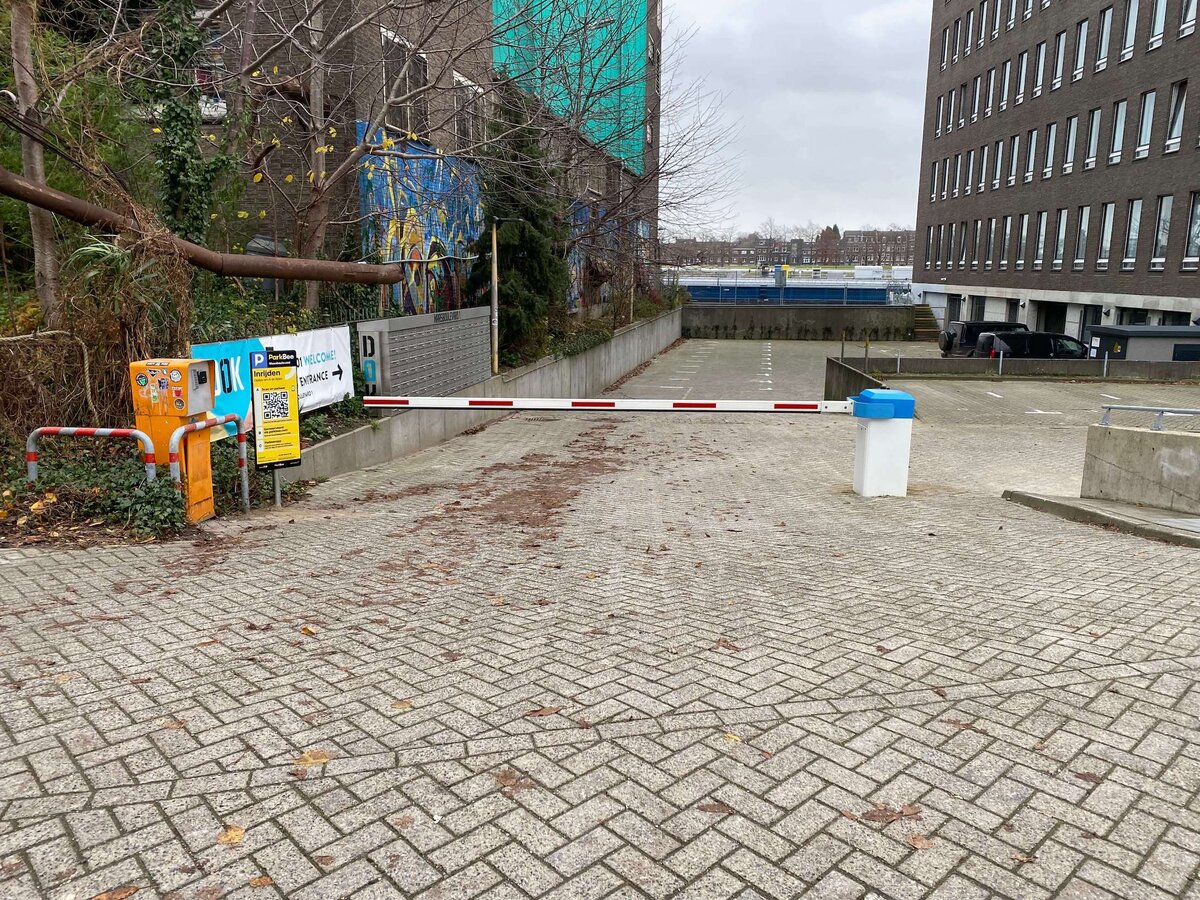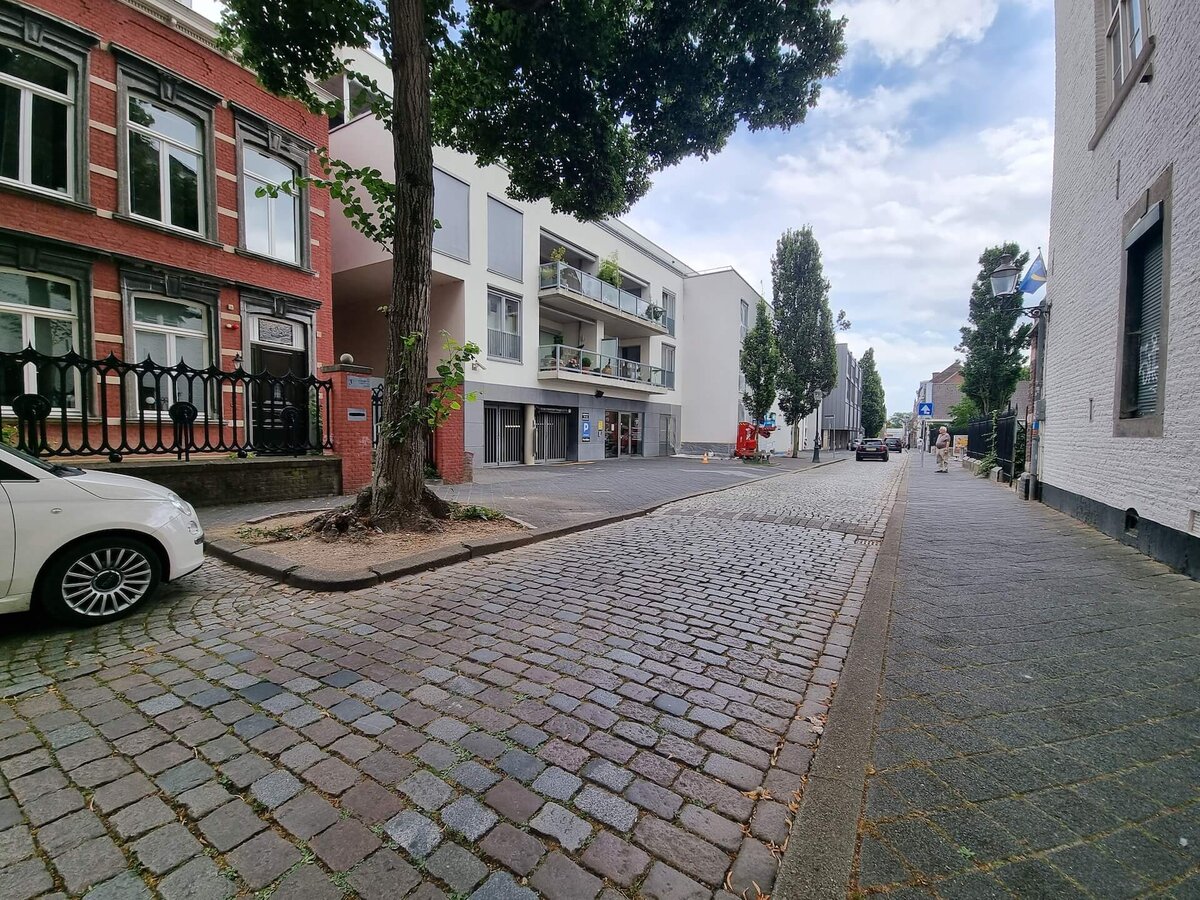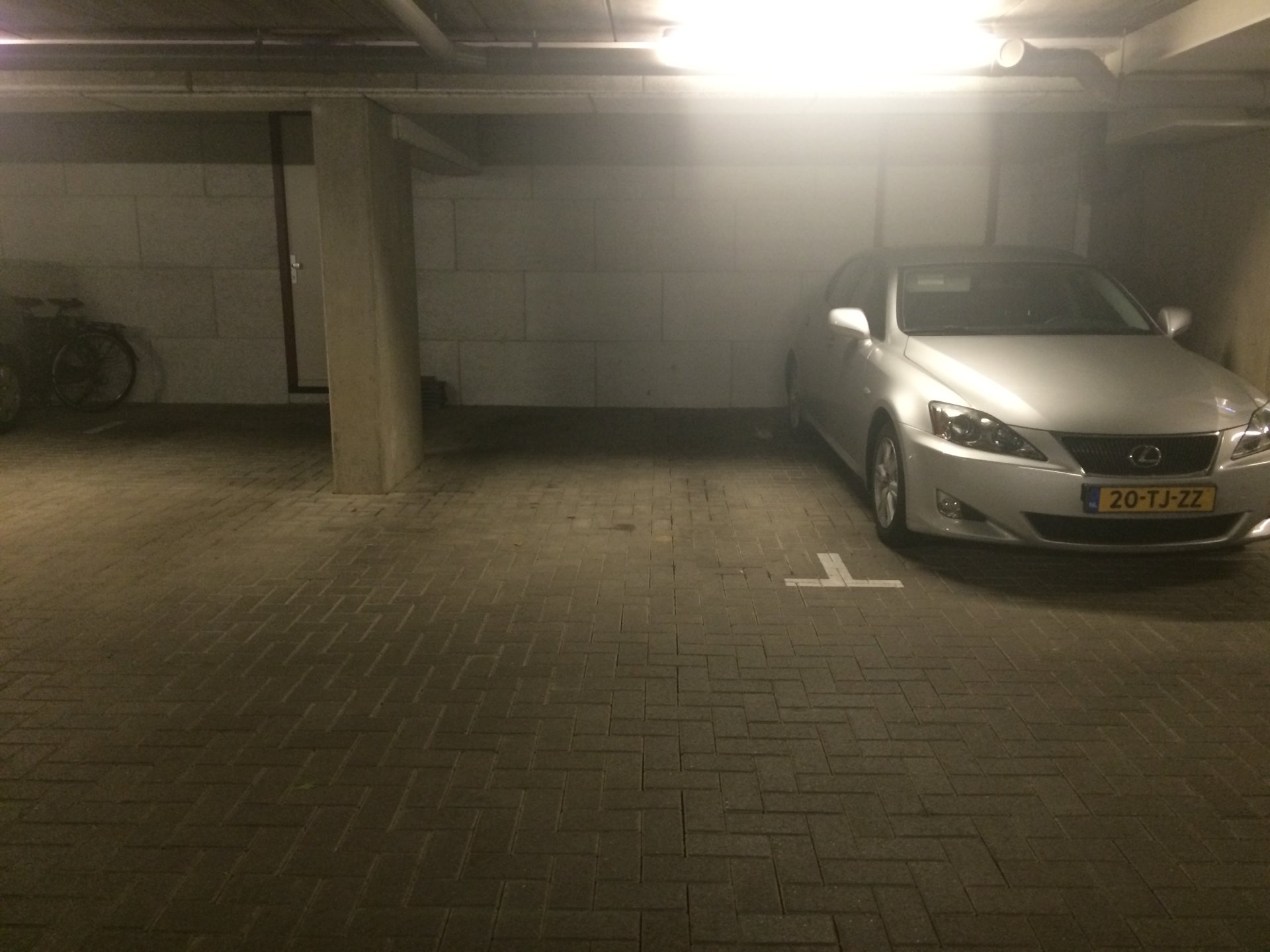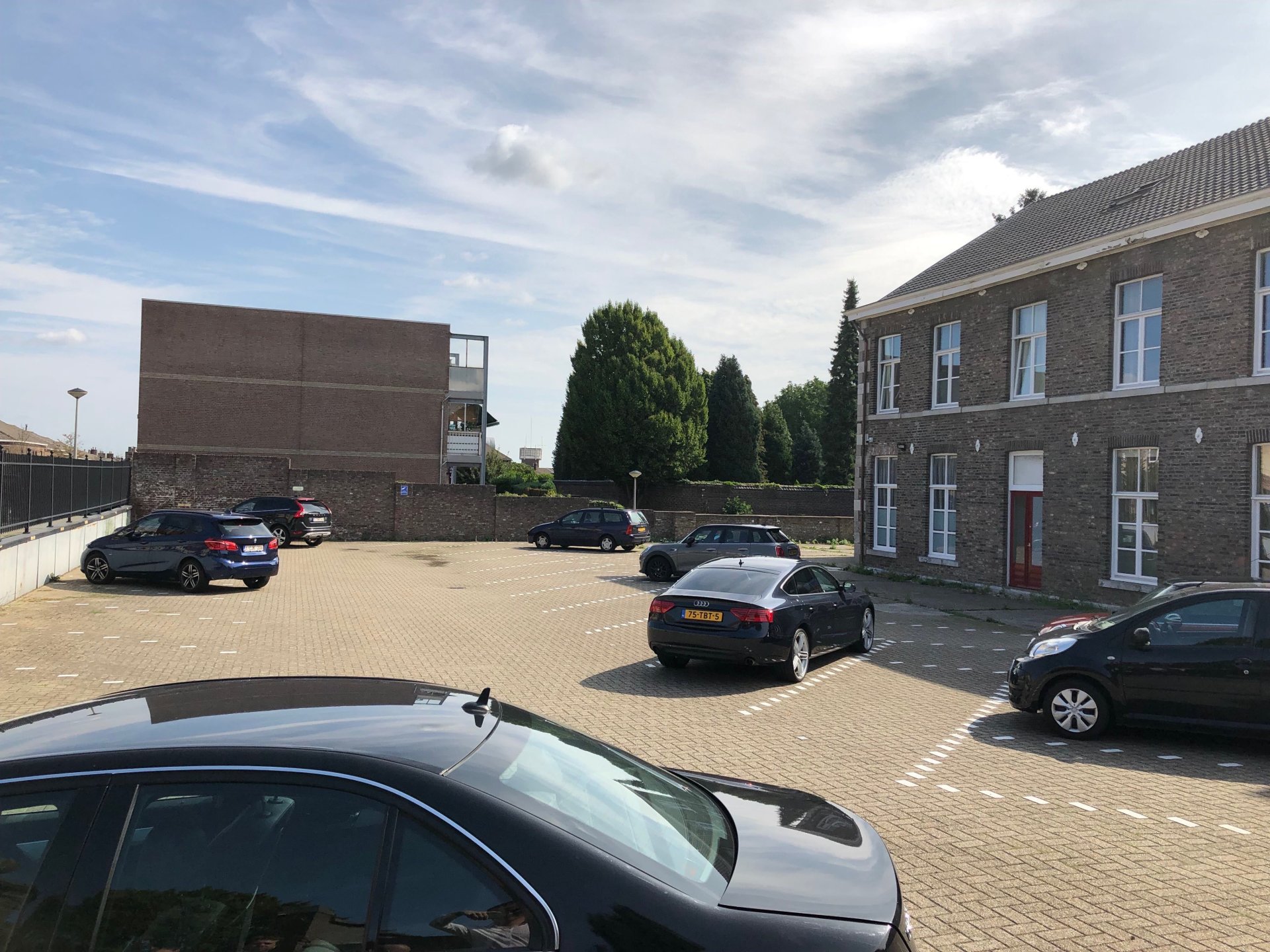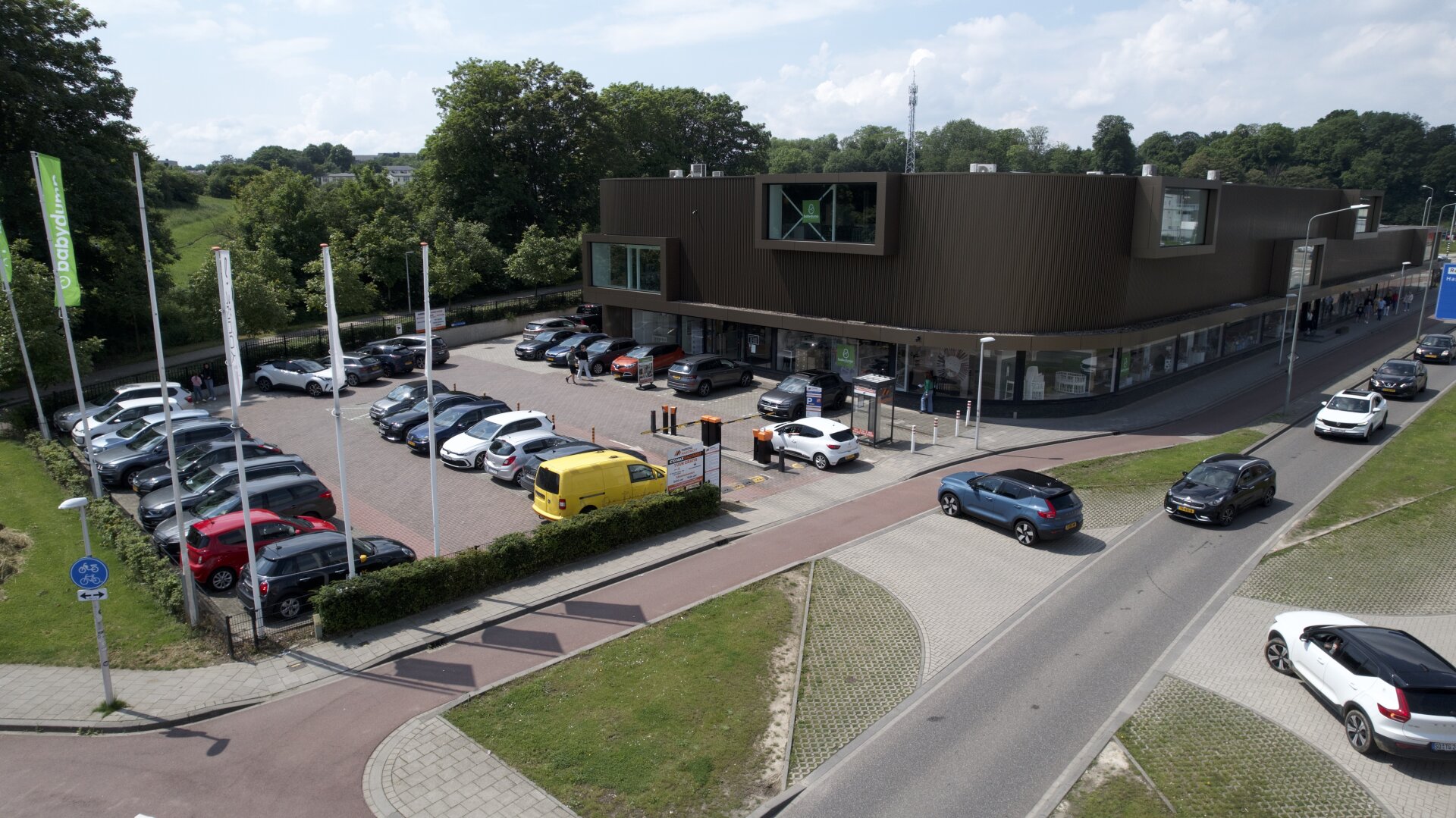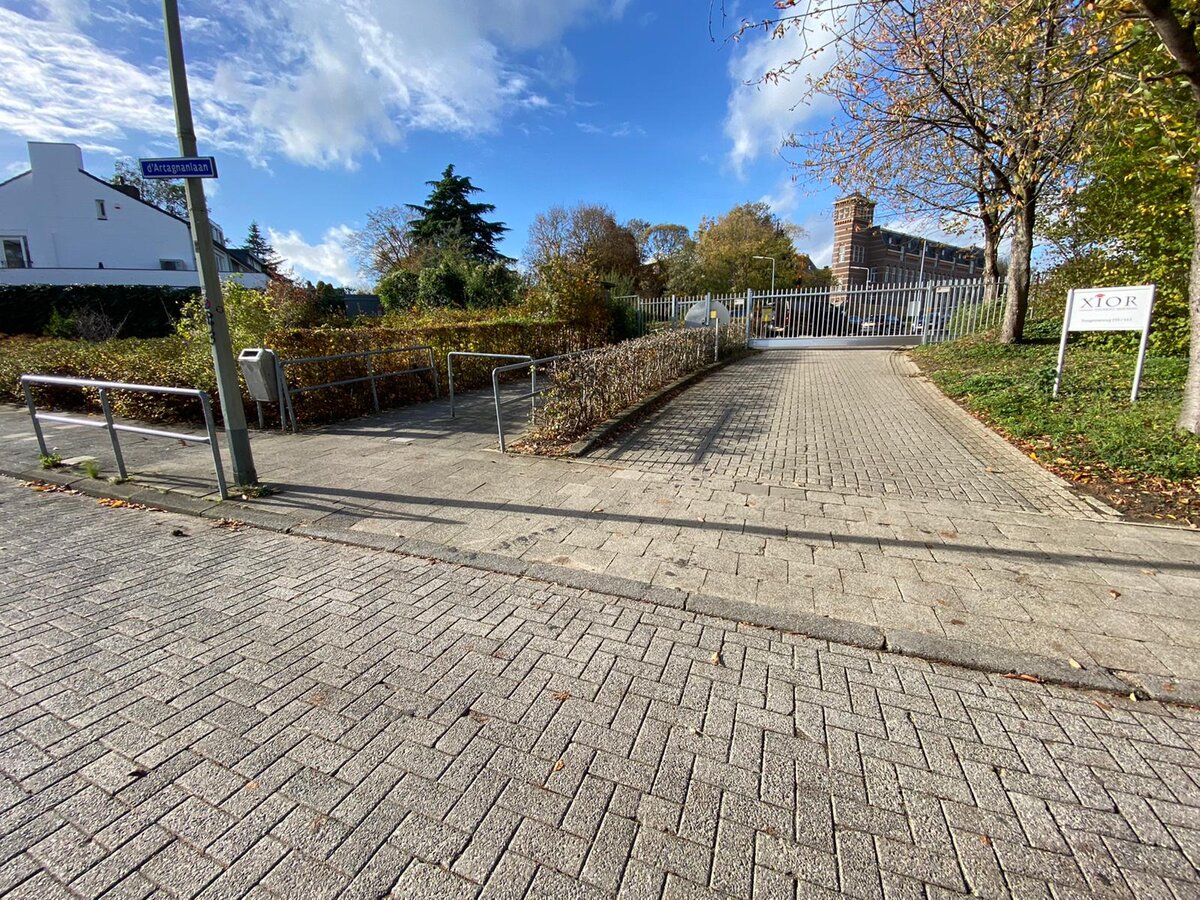





Find parking near Heer, Maastricht
Heer is an area located at the southeast edge of Maastricht with over 7,500 residents living there - one of 44 official neighborhoods under Maastricht municipality's jurisdiction. Its flag color combines red and green as shown here.
Heer's history may not be widely-known, but its name can be understood to mean "sandy hill ridge." First mentioned in 1202, Heer may have been used for agricultural use during Roman times in this area - close to Mosa Trajectum and directly on the Roman road from Maastricht to Aachen.
Heer was one of the Eleven Banks of Sint-Servaas during French rule, under the jurisdiction of its chapter. Its first church probably dates from early Middle Ages. In 1786, however, a decision was taken to demolish and rebuild using designs by Maastricht city architect Mathias Soiron; while in 1890 when work on its tower began during foundation restoration efforts it collapsed during foundation work; after its consecration as a school in 1905 the old 18th-century church continued in use as school services until 1905 when its new church was consecrated as consecration took effect and replaced it by its new congregational consecration ceremony which became officially consecration by Maastricht city architect Mathias Soiron's design for its replacement design by Maastricht city architect Mathias Soiron's design; its tower survived, which survived until 1890 before collapsing under pressure due to foundation works when restoration required restoration work went wrong and it collapsed during foundation work on foundation work! However, its tower stood proudly until 1890 before collapsing due to foundation work being required during restoration work. Once consecration took place of 1905 it remained as school which then opened up by city architect Mathias Soiron's design.
Heer was originally part of the municipality of Heer and Keer, including Keer Village, until 1828, when it became its own entity until 1970. At that point it included what is currently Heer as well as Scharn neighborhood as well as current neighborhoods such as Eyldergaard Vroendaal De Heeg as well as parts of Wyckerpoort-Zuid Heugemerveld Randwyck; these neighborhoods were annexed into Maastricht in 1920 while some residents fought off incorporation on July 1, 1970 despite all efforts ("Hier blijf Hier").
Mobypark provides affordable and convenient parking solutions for Heer residents and visitors. With our platform allowing users to book ahead, ensuring you always have a spot when arriving, our prices can often be considerably less than traditional garages - taking the worry out of parking is now easier! So if you're planning a trip to Heer, use Mobypark instead to enjoy your visit without worry over finding parking spots!
Parking rates near Heer
Parking time
Mobypark parking rates
1 hour parking
from € 1.11
24 hours parking
from € 6.61
1 week parking
from € 64.00
1 month parking
from € 130.00





